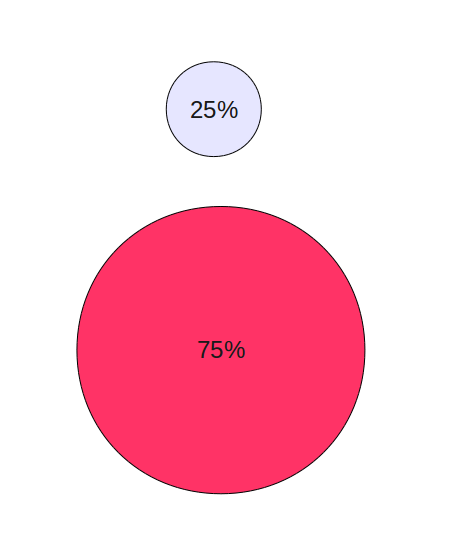Working with Graph Data from Neo4j in QlikView
From the post:
There are numerous examples of problems which can be handled efficiently by graph databases. A graph is made up of nodes and relationships between nodes (or vertices and edges): http://en.wikipedia.org/wiki/Graph_database
Now we can use graph data in a business intelligence / business discovery solution like QlikView to do some more business related analytics.
Neo4j is a high-performance, NoSQL graph database with all the features of a mature and robust database. It is an open source project supported by Neo Technology, implemented in Java. You can read more about it here: http://neo4j.org
Here are some slides about graph problems and use cases for Neo4j: http://www.slideshare.net/peterneubauer/neo4j-5-cool-graph-examples-4473985
Since the Neo4j JDBC driver is available we can use the QlikView JDBC Connector from TIQ Solutions and Cypher – a declarative graph query language – for expressive and efficient querying of the graph data. Take a look into the Cypher documentation to understand the syntax of this human query language, because it is totally different from SQL: http://docs.neo4j.org/chunked/1.7/cypher-query-lang.html
A very interesting presentation and it only requires your time to see the potential for benefits (or not) from using Neo4j and QlikView. (Some people who try the software may not benefit at all. It is as important to identify them quickly as it is those who will greatly benefit from it.)
It fails to make the case for business analytics, mostly because it doesn’t frame a business analytics problem and then solving it. Sorting movies by the average age of actors could be an answer to a BI question but which one isn’t readily apparent.
